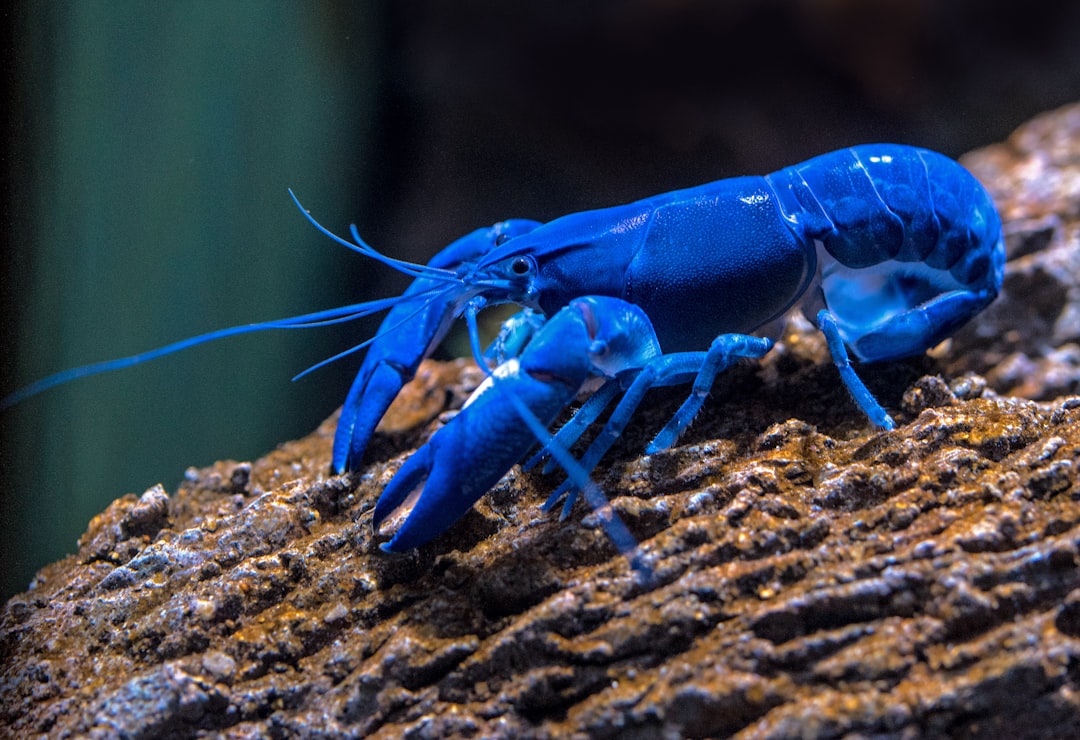What is it about?
We used camera traps placed on elephant trails from forest to farms to study the age-sex structure and behaviour of crop using elephants near Udzungwa Mountains National Park, Tanzania. We identified 48 unique bulls aged 10-29 years over the four-year study period. Our study provides further evidence of a male bias in crop use, as well as variability among males in the frequency of crop use. Similar to a previous study in Amboseli, Kenya (Chiyo et al. 2011), we find that a large number of bulls are likely to be occasional crop-users, and a smaller number are likely to be repeat users. As in Kibale, Uganda (Chiyo & Cochrane 2005) and Amboseli, Kenya (Chiyo et al. 2011), we find that older, reproductive bulls are more likely to engage in repeat crop-use. As in Kibale but not Amboseli, we find that some crop-users are young bulls of dispersing age.
Featured Image
Why is it important?
Our study has implications for methods used to mitigate crop losses to elephants. Given the large number of crop-users in a small area of farmland, most of whom were occasional crop users, lethal control of crop-using elephants is costly and unlikely to be an effective long-term strategy for reducing crop losses. Lethal control also carries other risks, such as misidentifying individuals and eliminating older, reproductive males. We also show that camera trapping is a useful tool for studying crop-use behaviour, and is complementary to other methods such as crop-loss enumeration.
Perspectives
Our study adds to a growing evidence base that crop use in elephants is linked to risk-taking behaviour and energetic costs associated with male life history milestones (Chiyo et al. 2012). It is intriguing, however, that there is such variability among males in the frequency of crop use. Analysis of male association networks in Amboseli, Kenya found that social learning and male networks shape the prevalence of crop use among males (Chiyo et al. 2012). Perhaps personality and individual differences in risk-taking behaviour are also at play. An important question for further exploration is to what extent elephant dispersal attempts along historic corridors influence crop-use behaviour, especially at a time when many corridors are being lost to land conversion.
Josephine Smit
Read the Original
This page is a summary of: Using camera traps to study the age–sex structure and behaviour of crop-using elephants Loxodonta africana in Udzungwa Mountains National Park, Tanzania, Oryx, June 2017, Cambridge University Press,
DOI: 10.1017/s0030605317000345.
You can read the full text:
Contributors
The following have contributed to this page










